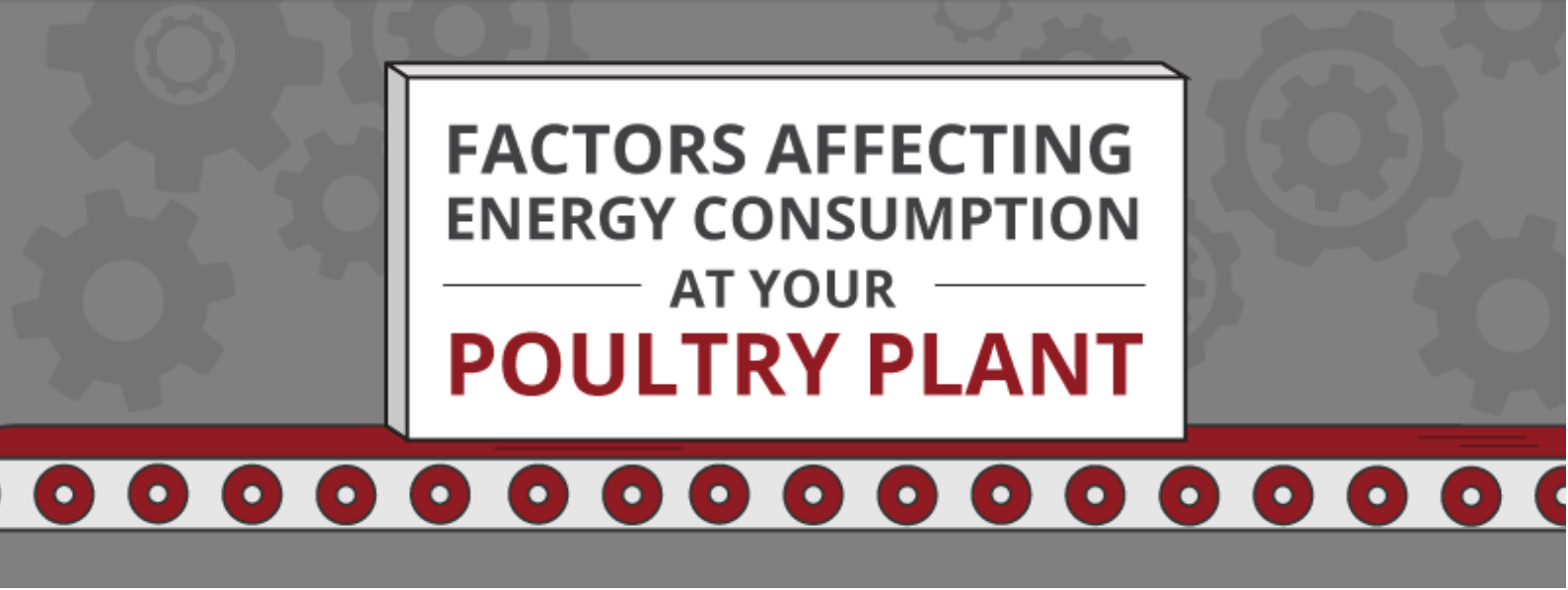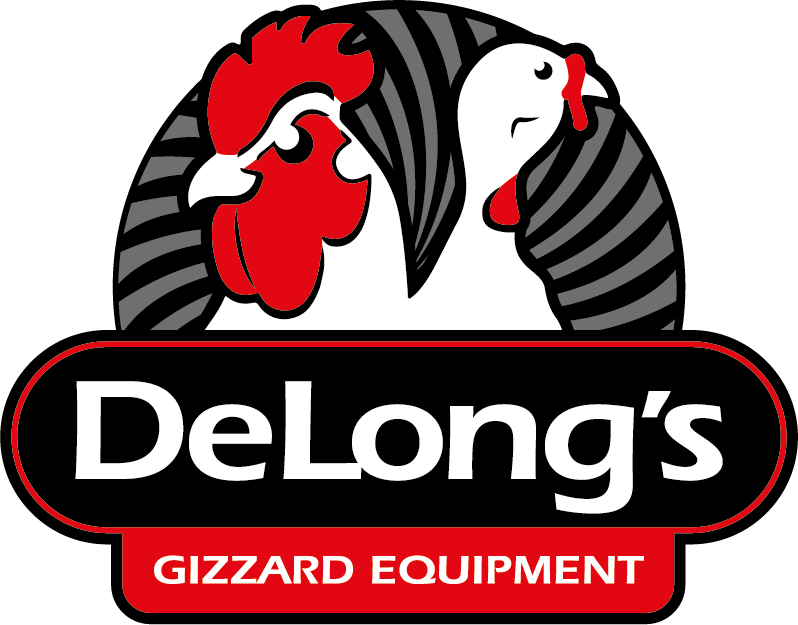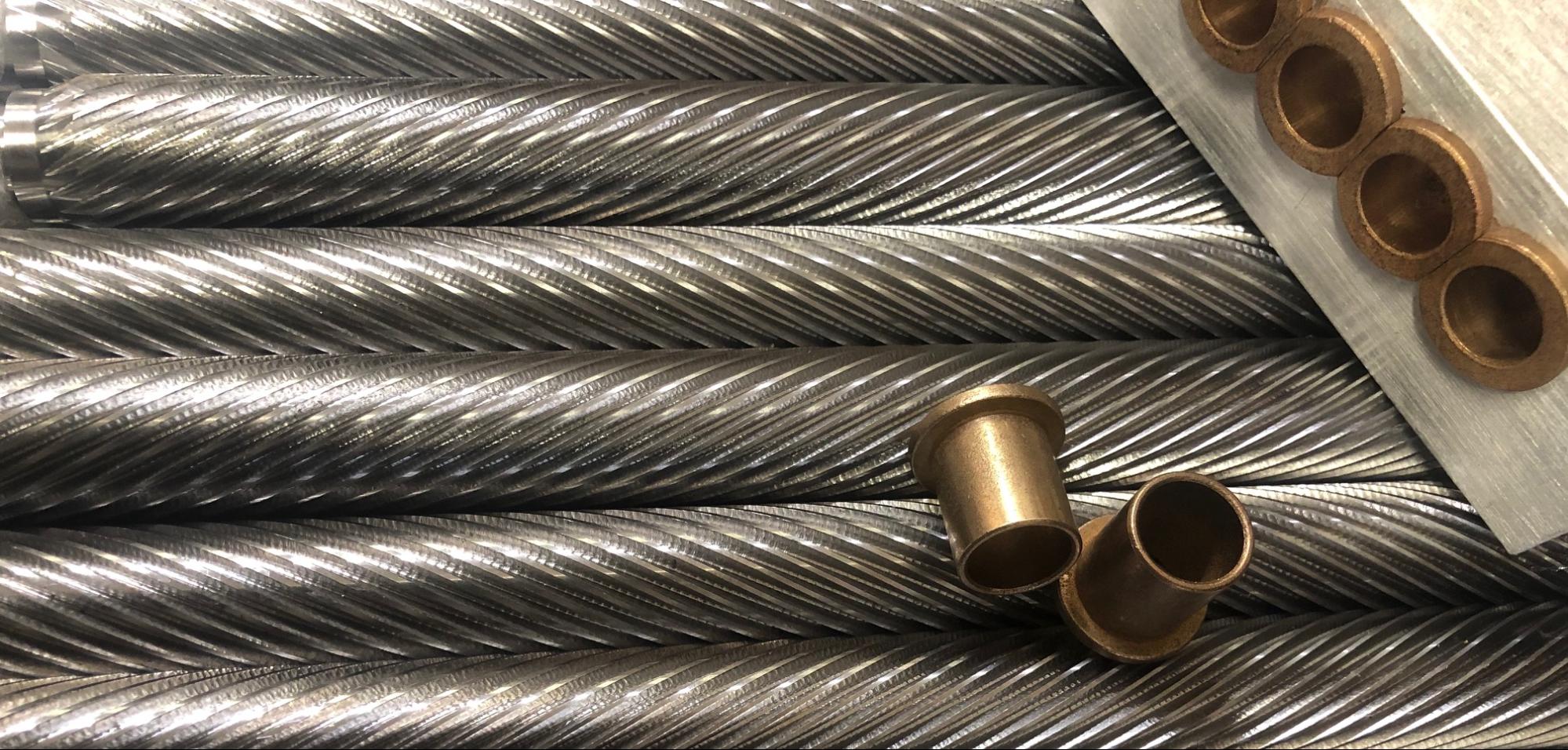
26 Apr Factors Affecting Energy Consumption At Your Poultry Plant
Poultry processing plants require tremendous amounts of energy-intensive processes, leading to high costs. With so many energy outputs, it can be difficult for managers to trace their usage and make adjustments to reduce costs. This blog will help break down some of the key factors affecting energy consumption and provide useful tips to cut energy costs.
Components Of An Energy Bill
Energy prices are derived from two factors: consumption and demand.
- Consumption is the amount of energy that you use in your day-to-day operations.
- Demand charges are determined by recording the highest 15-minute average of energy usage in a particular month. Your facility will be largely impacted by demand costs if you use large amounts of power over short bursts of time. These costs are meant to encourage users to minimize usage during peak hours, as well as to disperse their operations over the course of the work day (Stem).
Factors Affecting Energy Consumption
Energy usage in poultry processing plants has increased over time, as new processes have been implemented to maximize efficiency, profitability, and minimize labor.
In addition to increased mechanization, sanitation standards have also driven energy costs up, as many sanitation methods require substantial resources. Variations in energy consumption can be broken down into two groups: unexplained and explained (tandfonline).
Unexplained Factors
Unexplained factors are immeasurable and must be constantly assessed for efficiency and effectiveness.
- Technical design and plant layout: Certain plant designs and layouts might lead to inefficient operations, resulting in comparatively higher energy costs than a fully-optimized facility.
- Age/condition of equipment: Outdated or malfunctioning equipment will inherently operate at substandard efficiency, increasing the energy cost to keep them up and running. Check out our replacement guide if you’re unsure whether your equipment needs replacement.
- Operating practices: Energy costs can be reduced through the proper operation and maintenance of equipment, as well as the adoption of newer and better technology. Costs can also be reduced by considering energy demand, and operating high-output machinery at alternating times.
If you’re unsure about the output of some of your machinery’s individual processes, you can hire someone to audit your facility. He or she will help you get a better understanding of your production equipment, and advise steps you can take to reduce energy use without sacrificing plant output.
Explained Factors
Explained factors are quantifiable, and can be measured and reduced through careful assessment.
- Volume: Production volume is the most important factor in electrical and total energy output. Output volume varies with your plant size, and accounts for 23.7% of the variation in energy consumption in a poultry processing plant (ageconsearch).
- Capacity: Capacity is the degree to which your plant is not using its maximum plant and equipment capacity. This must be carefully monitored, and it’s important to know that operating at maximum capacity can significantly impact energy demand.
- Temperature: Temperature is the most important factor impacting fuel consumption. Seasonal patterns greatly impact energy usage, and lead to fluctuations in costs.
- Fuel price: Fuel is commonly used in heating for steam and hot water, which is essential in a poultry processing plant for a number of processes. Fuel prices commonly fluctuate, and will substantially affect the size of your monthly bill.
- Electricity price: Electricity is used for ventilation, cooling/refrigeration, machinery operation, lighting, and supplemental heat. As previously mentioned, electricity prices are affected by energy consumption and demand, and can be manipulation through careful usage and operating during periods with low demand.
Overall, poultry processing is very energy-intensive, making it essential to consider your the energy usage of individual processes, assess your facility, and ensure that you’re taking measures to reduce consumption and increase overall efficiency.



